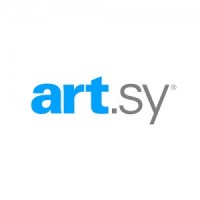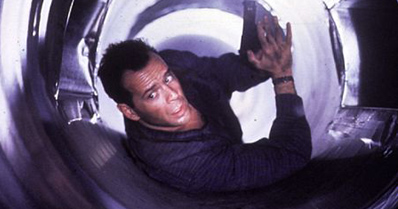 Whether your goal is to start an art collection, expand your collection, discover a new artist, or simply to keep up with everything there is to know about your friends on Facebook, the soon-to-go-live startup website Art.sy is worth a look.
So you want to be an art collector? You have been thinking about purchasing your first piece of artwork (and I do not mean the Starry Night print you purchased from poster.com…), but you do not know where, when, why, how much, what, or how to proceed. Maybe you are a veteran collector, for profit or not, and are looking to expand your collection. Let Art.sy do the work for you.
Whether your goal is to start an art collection, expand your collection, discover a new artist, or simply to keep up with everything there is to know about your friends on Facebook, the soon-to-go-live startup website Art.sy is worth a look.
So you want to be an art collector? You have been thinking about purchasing your first piece of artwork (and I do not mean the Starry Night print you purchased from poster.com…), but you do not know where, when, why, how much, what, or how to proceed. Maybe you are a veteran collector, for profit or not, and are looking to expand your collection. Let Art.sy do the work for you.
Created by Carter Cleveland, a Princeton University computer science engineer, and backed by a handful of today’s most influential players in the social media, fine arts, and technology industries, Art.sy is the newest and potentially most powerful addition to a collector’s and artist’s networking toolkit. Don’t believe me? Maybe you’ll believe some of its investors and advisers including the CEO of Google, Eric Schmidt, Twitter creator, Jack Dorsey, the owner of Gagosian Gallaries, Larry Gagosian, former executive at Christie’s Auction House, Sebastian Cwilich, and the CEO of Pandora, Joe Kennedy, just to name a few. If you are a new, online startup, it is safe to say THOSE are the names you want associated with your project. So now that we have established just how popular Art.sy is among the big wigs in the industry, let’s figure out why.
If you have ever used Pandora to search for a song or musician, you are already familiar with “genome technology” and how Art.sy will perform. What differentiates Art.sy from the rest is the Art Genome Project. A simple search for a painting will return not just the desired title, but additional works of art related to the original search recommended for you by yours truly, Art.sy. Each work in the collection is classified by various characteristics such as asking price, genre, theme, colors, period and “ism” to connect it with other paintings in the database. A search for one painting will generate a list of paintings that share similar classifications, exposing users to artists and paintings they may not have been familiar with. Linking with Facebook and Twitter, Art.sy users can share their searches and discoveries with others, educating a wider audience and strengthening the presence of art online.
For example, a search for Max Ernst’s surrealist painting The Couple in Lace would return not only the painting itself, but information on Ernst, the painting, its location, paintings of other Dadaists and Surrealists, paintings of couples by other artists, and paintings whose creators were influenced by the work and style of Ernst. Note well, Art.sy is geared more toward lesser-known and on-the-rise artists (sorry, Ernst) because its users are likely to be beginner collectors with smaller price ranges.
For each work of art, Art.sy will provide the specifics for contacting the gallery or the artist (where possible) to begin a conversation and facilitate a purchase. Making collectors of those who previously could not or did not know where to begin is just the beginning of what Art.sy has to offer us.
Since its initial launch last November, hype has only grown. The collection itself is still in development and has yet to go live, but you can visit its website to register for your official invitation to join what could be the most extravagantly marketed and led, online network making fine art accessible to the masses. Will you RVSP?






